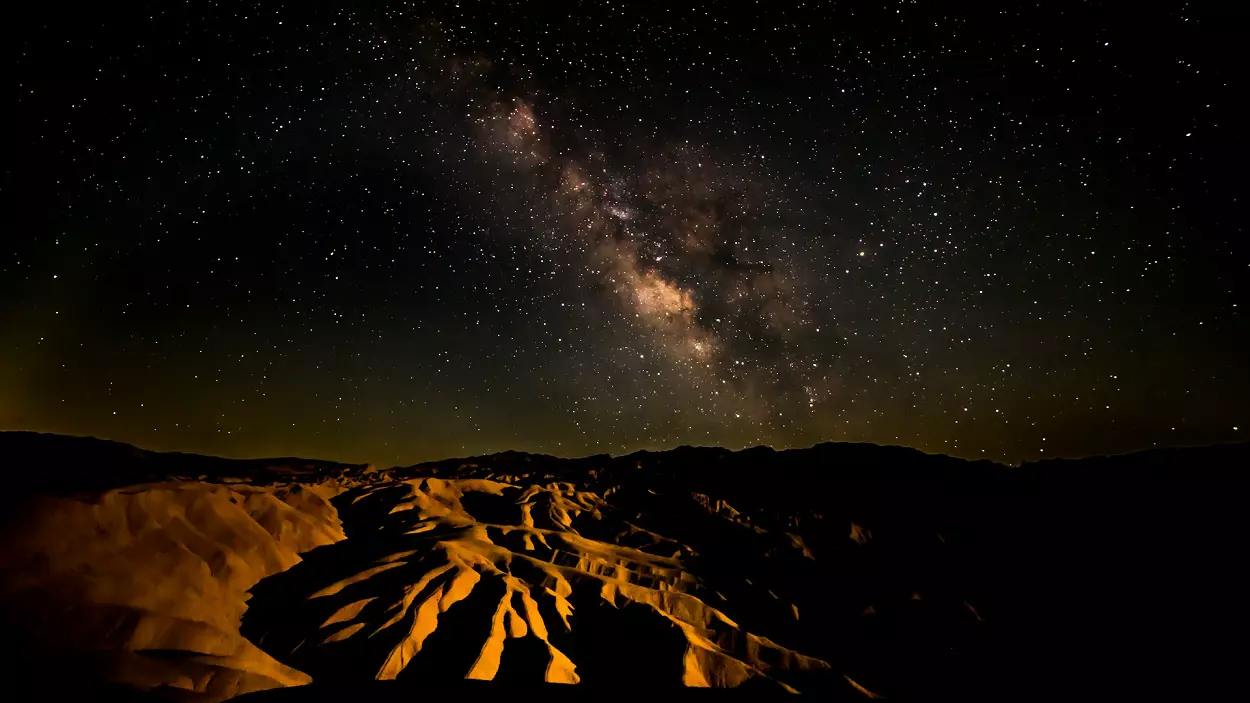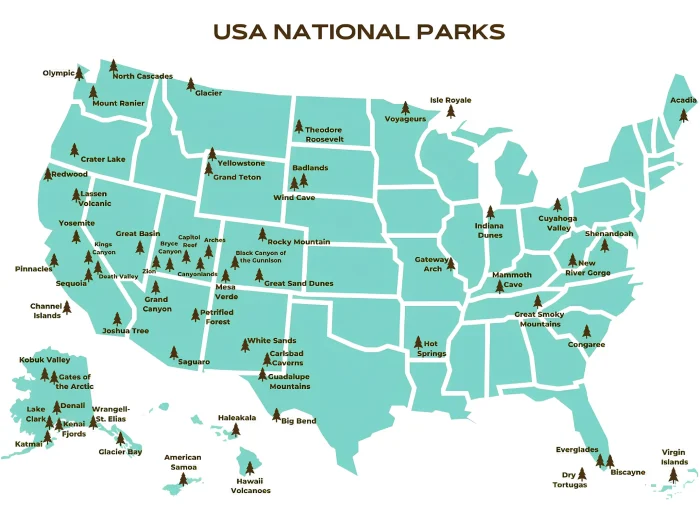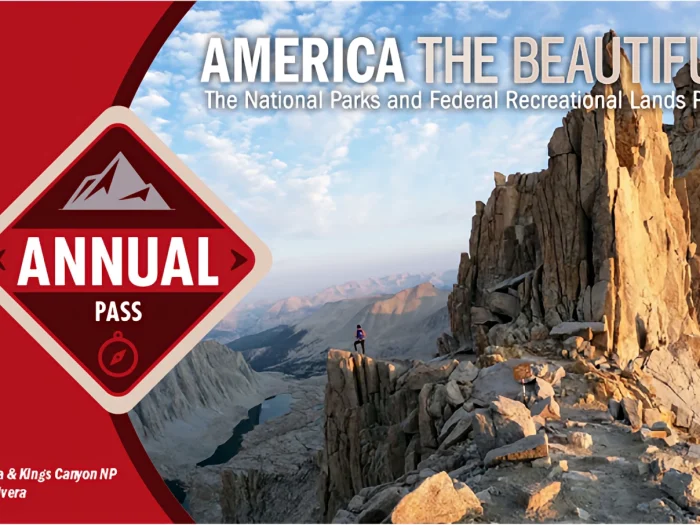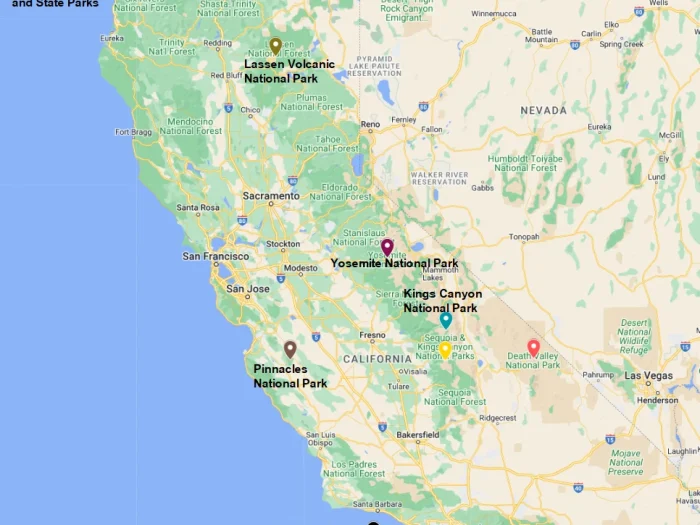Lighting the Way: How to Stay Safe After Sunset in National Parks
Exploring national parks during the daytime is an unforgettable experience. From the massive ice caps of Glacier National Park to the iconic half dome in Yosemite National Park, there are so many incredible features to appreciate. But you haven’t fully enjoyed the expansive and unique beauty of a national park until you’ve lingered in one after sunset. By then, nearly all tourists have returned to their comfy hotels, leaving the few die-hard explorers alone to experience the park’s nighttime magic.
At night, national parks come alive with nocturnal creatures like bats, owls, and foxes. National parks are also almost completely devoid of light pollution, making them the perfect destination for stargazing enthusiasts. Some national parks even offer ranger-led night hikes for those who are brave enough to traverse the rugged terrain after the sun goes down. However, there are some unique dangers that come with nighttime park exploring. Here are some tips for lighting your way and staying safe after sunset in national parks.

Carry multiple Light Sources
If you’ve never explored the great outdoors in near-complete darkness, you may underestimate how much light you need to carry with you. Relying solely on your smartphone light to illuminate your path is a poor decision that could leave you vulnerable. Although your smartphone light can probably light up a small room fairly well, it will leave you with low visibility in large outdoor spaces. Plus, you should try to conserve your cell phone battery for making emergency calls rather than rapidly draining its power by using the built-in light.
It’s far better to bring other sources of light with you during your outdoor adventures. Whenever possible, carry at least two different types of light in case one burns out, loses power, or malfunctions. Here are three essential types of light sources every nighttime park explorer should consider carrying with them:
Headlamps
There’s a good reason many experienced hikers and outdoor explorers choose to wear headlamps after dark. Headlamps are lightweight, bright, and leave your hands free for cooking meals, using hiking poles, starting fires, or defending yourself.
As with all other lights, the brightness of a headlamp is measured in lumens. Lights with a higher number of lumens provide more light than their lower-lumen counterparts. If you’re working on a project and only need to light up the area right in front of you, you may only need a headlamp that offers between 200 and 350 lumens. But if you need maximum visibility while hiking trails or exploring caves, aim for a headlamp with 600 lumens or more.
Flashlights
A flashlight is one of the oldest and most reliable forms of portable light. It’s easy to hold in your hand so you can quickly direct the light beam wherever you need it. New flashlight models are conveniently lightweight, small enough to fit in your pocket, and energy-efficient. They’re the perfect lighting tool for your nighttime national park adventures.
When shopping for the perfect flashlight, choose a model that fits comfortably in your hand, offers your preferred level of brightness, and is durably constructed. LED flashlights offer brighter lumens for less energy than their incandescent counterparts. Look for flashlights that have clips, lanyards, or wristbands so you can attach them to your pack or body. This will help ensure you don’t lose your light if you trip or fall.
Lanterns
Lanterns are some of the brightest pieces of personal lighting equipment you can carry during your nighttime ventures. There’s something extremely comforting about the 360-degree illumination a lantern offers. If you need to brighten up an entire area instead of just the area directly in front of you, a lantern will do the job well.
Depending on your needs, you can bring a compact, 200-lumen lantern with you to bring light to small spaces. For maximum illumination, opt for a lantern that offers 1000 lumens or more. Some lanterns also offer red light illumination to preserve night vision in low-light settings. As with every other outdoor light, it’s important to choose a lantern that’s made to withstand rugged conditions.
Bring Extra Batteries
No headlamp, flashlight, or lantern can last forever. Eventually, the batteries run out of power and need to be recharged or replaced. If you’re not prepared, you could end up being plunged unexpectedly into darkness with no way to light your path. This can be a very dangerous situation, even for experienced outdoor explorers.
To keep this scary scenario from happening, make sure you always bring extra batteries with you while exploring national parks at night. If your lighting equipment only uses rechargeable batteries, consider bringing a portable battery pack and a charging cable with you. Make sure the charging cable is the right fit for your headlamp, flashlight, or lantern.
Wear Reflectors and Bright Colors
Wearing bright colors and reflective clothing is another way to stay safe while adventuring at night in national parks. If you get lost or injured while hiking, bright, reflective clothing will make it easier for search and rescue to find you. Here are the best bright colors for maximizing visibility during nighttime hikes:
- Reflective materials
- Neon orange
- Yellow
- Bright green
- Bright red
You may also want to bring at least one light that has an emergency flashing setting. This can help catch the eye of anyone who’s actively looking for you or just passing through the area.
Conclusion
Exploring national parks after sunset is an exciting, one-of-a-kind experience you won’t soon forget. To make sure your outdoor adventures are memorable for all the right reasons, make sure you bring multiple sources of reliable light with you. Headlamps, flashlights, and lanterns are all great choices and can keep you safe while you experience the breathtaking beauty of national parks after dark.






